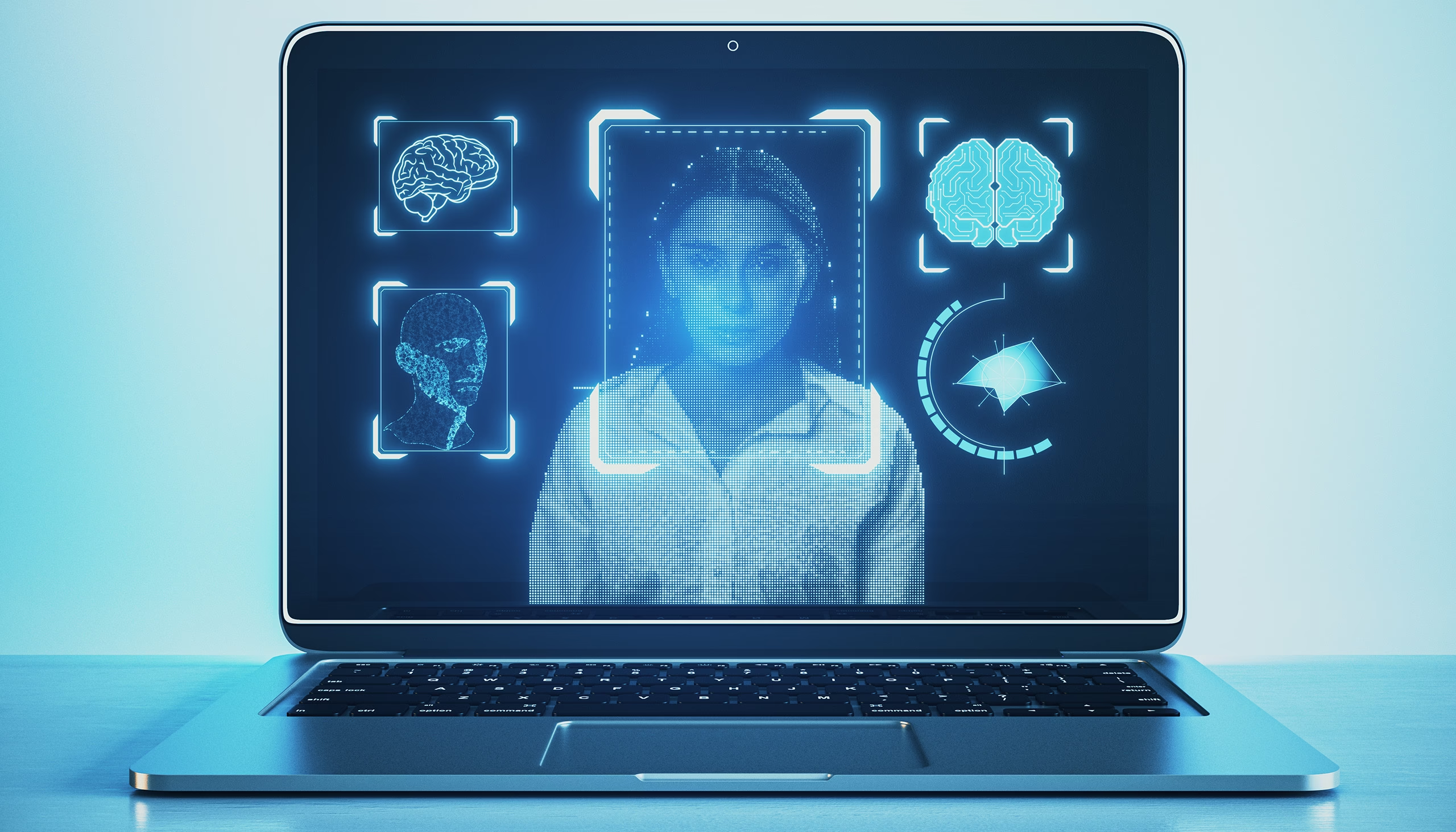
A.R. Perez, Netlok, July 1,2025
Understanding the Threat Landscape
The emergence of sophisticated deepfake technologies and synthetic identity creation tools represents one of the most significant challenges facing biometric authentication systems today. Deepfakes are highly realistic, artificially generated media that can convincingly replicate human faces, voices, and behaviors using advanced deep learning techniques 1, 2. These technologies have rapidly evolved from entertainment applications to become serious security threats, with attackers now capable of bypassing traditional biometric systems that once seemed unbreachable.
Recent data reveals the scale of this challenge: in 2024, 50% of surveyed businesses reported experiencing deepfake-related attacks, with 57% of cryptocurrency organizations facing audio deepfake fraud 3. The accessibility of AI tools has democratized deepfake creation, allowing even non-technical attackers to generate convincing synthetic media with minimal coding skills 4. Reports indicate a staggering 704% increase in face swap attacks across 2023, demonstrating the exponential growth of this threat vector 4.
Vulnerabilities in Current Biometric Systems
Traditional biometric authentication systems face significant vulnerabilities when confronted with sophisticated synthetic attacks. Research conducted at Penn State found that four of the most common facial liveness verification methods currently in use could be easily bypassed using deepfakes 5. The study developed a framework called “LiveBugger” which demonstrated that facial liveness verification features on various apps could be fooled by deepfake images and videos.
The fundamental challenge lies in the fact that conventional biometric systems were designed to distinguish between live humans and simple presentation attacks (like printed photos or basic recordings), but they struggle against AI-generated content that can mimic the subtle characteristics of live biometric samples 6, 7. Facial recognition systems, which rely on static features and patterns, are particularly vulnerable to sophisticated deepfake attacks that can replicate facial landmarks, expressions, and even micro-movements 8.
Voice biometric systems face similar challenges, with AI voice synthesis now capable of replicating vocal patterns, pitch, and tone with unsettling accuracy 8. Attackers can create voice clones using just a few seconds of recorded audio, enabling them to bypass voice-based authentication systems that were previously considered secure.
Impact on Authentication Confidence
The proliferation of deepfakes has begun to erode confidence in biometric authentication systems. Gartner analysts predict that by 2026, 30% of companies will lose confidence in facial biometric authentication due to the sophistication of AI deepfakes 1. This loss of confidence is not unfounded – traditional verification methods, including basic selfie comparisons and document-based biometric checks, are increasingly ineffective against realistic fake images, videos, and voices generated by accessible AI tools 3.
The problem extends beyond simple spoofing attacks. Fraudsters can now create entirely new synthetic identities that appear legitimate, utilizing generative AI models to produce hyper-realistic identification documents and deepfake videos capable of evading traditional liveness detection mechanisms 3. This capability allows attackers to circumvent Know Your Customer (KYC) checks employed by financial services, creating fraudulent accounts and executing unauthorized transactions.
Emerging Countermeasures and Technologies
The biometric industry is responding to these challenges through several innovative approaches designed to detect and prevent deepfake attacks:
Advanced Liveness Detection
Modern liveness detection technologies have evolved far beyond simple movement or challenge-response mechanisms. Companies like Mitek have developed sophisticated systems that can detect deepfakes and synthetic attacks through consistency analysis between different biometric modalities 9. Their IDLive® Face product has achieved recognition as a top performer in NIST facial presentation attack detection evaluations and demonstrates effectiveness against sophisticated fraud attempts 9.
Next-generation liveness detection systems incorporate passive analysis that can identify subtle artifacts and inconsistencies inherent in AI-generated content without requiring active user participation 10. These systems analyze factors such as texture inconsistencies, temporal anomalies, and physiological impossibilities that are difficult for current deepfake generation technologies to replicate perfectly.
Multimodal Biometric Fusion
One of the most promising defenses against deepfake attacks is the implementation of multimodal biometric systems that combine multiple authentication factors. Research shows that while attackers might successfully spoof one biometric modality, creating convincing fakes across multiple modalities simultaneously becomes exponentially more difficult 11, 12.
Companies are developing systems that integrate facial recognition, voice authentication, and behavioral biometrics into unified platforms. For example, Mitek’s MiPass® solution combines advanced facial and voice biometrics with passive liveness detection specifically to safeguard against deepfakes, synthetic identities, and identity theft 9.
AI-Powered Detection Systems
The fight against AI-generated attacks increasingly requires AI-powered defense systems. Researchers have developed sophisticated detection frameworks that can identify deepfakes by analyzing high-level audio-visual biometric features and semantic patterns 13. These systems focus on detecting characteristics that current deepfake generation technologies struggle to replicate, such as individual mannerisms and unique biometric patterns that persist across different contexts.
Advanced detection systems employ ensemble learning approaches and transformer-based architectures to improve accuracy in identifying synthetic content 11. These systems can achieve authentication accuracy rates exceeding 99.5% while maintaining spoof detection rates above 99.3% 11.
Tokenization and Privacy-Preserving Solutions
A fundamental shift in biometric security involves moving away from storing raw biometric templates to using irreversibly transformed tokens. Companies like Trust Stamp have developed technologies that replace biometric templates with cryptographic hashes that can never be rebuilt into original data 14, 15. These Irreversibly Transformed Identity Tokens (IT2) maintain matching capability while eliminating the risk of biometric data theft and misuse.
This approach addresses both deepfake vulnerabilities and privacy concerns by ensuring that even if systems are compromised, the stolen data cannot be used to recreate biometric information or generate convincing synthetic reproductions 14, 15.
Behavioral and Continuous Authentication
The future of biometric security increasingly relies on behavioral analysis and continuous authentication rather than single-point verification. Systems are being developed that monitor keystroke dynamics, mouse movements, and other behavioral patterns to create unique user profiles that are extremely difficult to replicate through synthetic means 16, 17.
Zero-trust architectures that implement continuous authentication represent a significant advancement in combating deepfake threats 18, 19. These systems continuously verify user identity throughout a session, making it much more challenging for attackers to maintain unauthorized access even if they successfully bypass initial authentication.
Industry Response and Future Outlook
The biometric industry has recognized the severity of the deepfake threat and is investing heavily in countermeasures. Companies are developing specialized solutions for different attack vectors, including injection attack detection that protects against virtual cameras and software-based spoofing attempts 10. These systems can detect when fraudsters use emulators, cloning apps, or other software tools to inject synthetic content into authentication processes.
The integration of artificial intelligence into biometric systems is driving improvements in both accuracy and security. AI-driven algorithms are enhancing biometric processing speeds and fraud detection capabilities while continuously learning and adapting to new attack methods 20. Modern facial recognition systems now achieve accuracy levels exceeding 99.5% under optimal conditions while incorporating sophisticated anti-spoofing measures 20.
Recommendations for Organizations
Organizations implementing or upgrading biometric authentication systems should consider several key strategies:
Adopt Multimodal Approaches: Implement systems that combine multiple biometric factors rather than relying on single-modality authentication. This significantly increases the difficulty for attackers to create convincing synthetic reproductions across all required modalities 12.
Implement Advanced Liveness Detection: Deploy passive liveness detection systems that can identify synthetic content without requiring user interaction. These systems should be regularly updated to address new deepfake generation techniques 21.
Consider Tokenization Technologies: Evaluate privacy-preserving biometric solutions that use irreversible tokenization to eliminate the risk of biometric data theft and reduce the potential for synthetic identity creation 14, 15.
Plan for Continuous Authentication: Develop zero-trust architectures that continuously verify user identity throughout sessions rather than relying solely on initial authentication 18, 19.
Stay Current with Threat Intelligence: Maintain awareness of evolving deepfake technologies and attack methods to ensure defensive measures remain effective against emerging threats 4.
Investigate PhotolokÒ : It is a passwordless IAM solution that uses photos – not passwords. Photolok can be used as a second factor behind a biometric to prevent access and authentication. Its unique architecture protects against AI attacks as well as lateral movements. To learn more, go to www.netlok.com .
The rise of deepfakes and synthetic IDs represents a paradigm shift in cybersecurity threats, but the biometric industry is actively developing sophisticated countermeasures. Success in this evolving landscape will require organizations to adopt comprehensive, multi-layered approaches that combine advanced detection technologies, continuous authentication, and privacy-preserving architectures. While the challenges are significant, the continued advancement of defensive technologies provides hope for maintaining the security and integrity of biometric authentication systems in the face of increasingly sophisticated synthetic attacks.
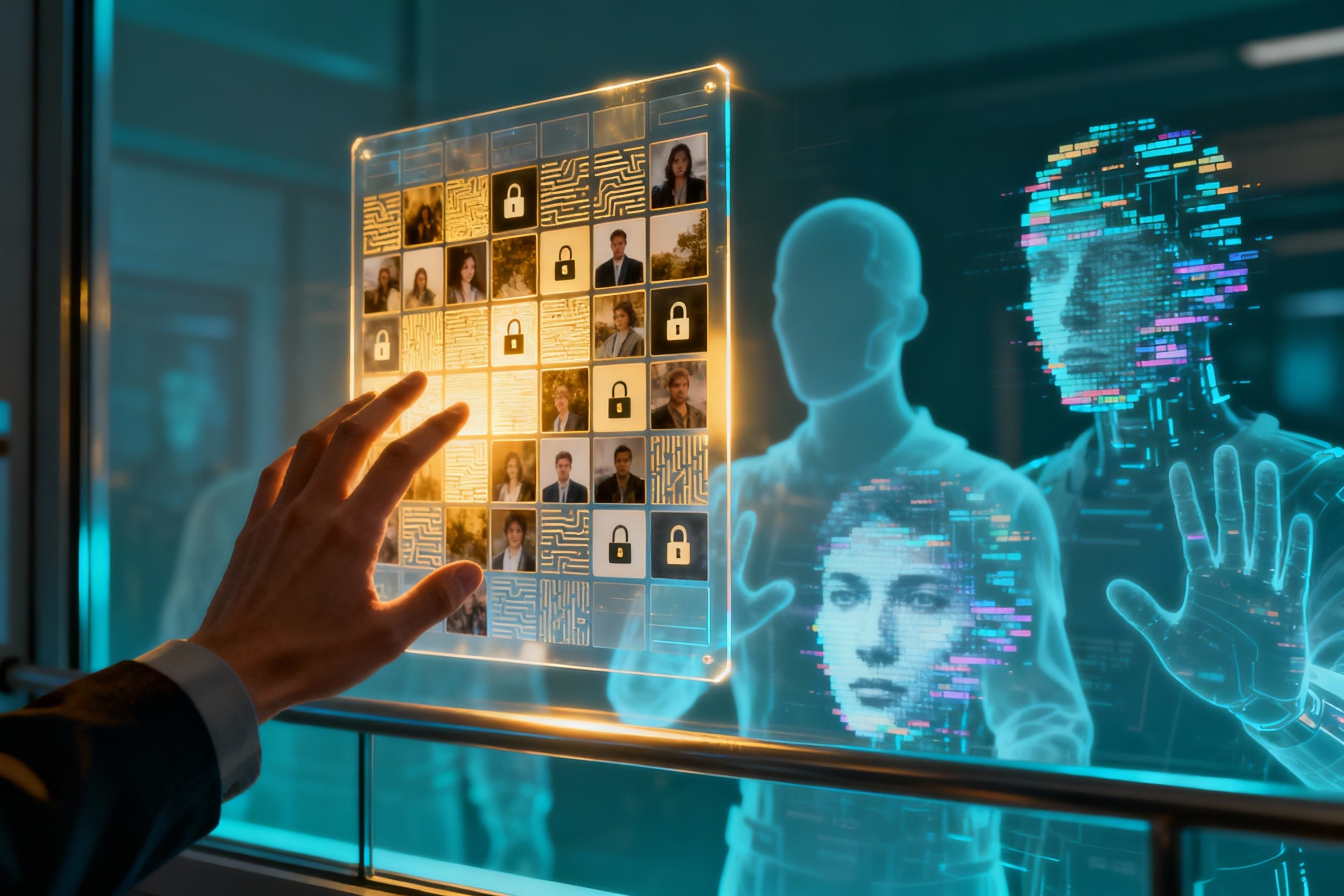
Authentication at a Crossroads: Preparing for the AI-Powered Threat Landscape of 2026 and Beyond
Kasey Cromer, Netlok | November December 4, 2025 Series Recap Part 1 (November 14, 2025) took a deep[...more]

The $40 Billion Crisis: How AI-Powered Fraud Is Overwhelming Enterprise Security Teams
Kasey Cromer, Netlok | November 21, 2025 Executive Summary Global cybercrime is now a $10.5 trillion[...more]

AI Deepfakes: Enterprise Security Crisis Demanding New Authentication
Kasey Cromer, Netlok | November 14, 2025 Executive Summary A single deepfake video call cost a multi[...more]
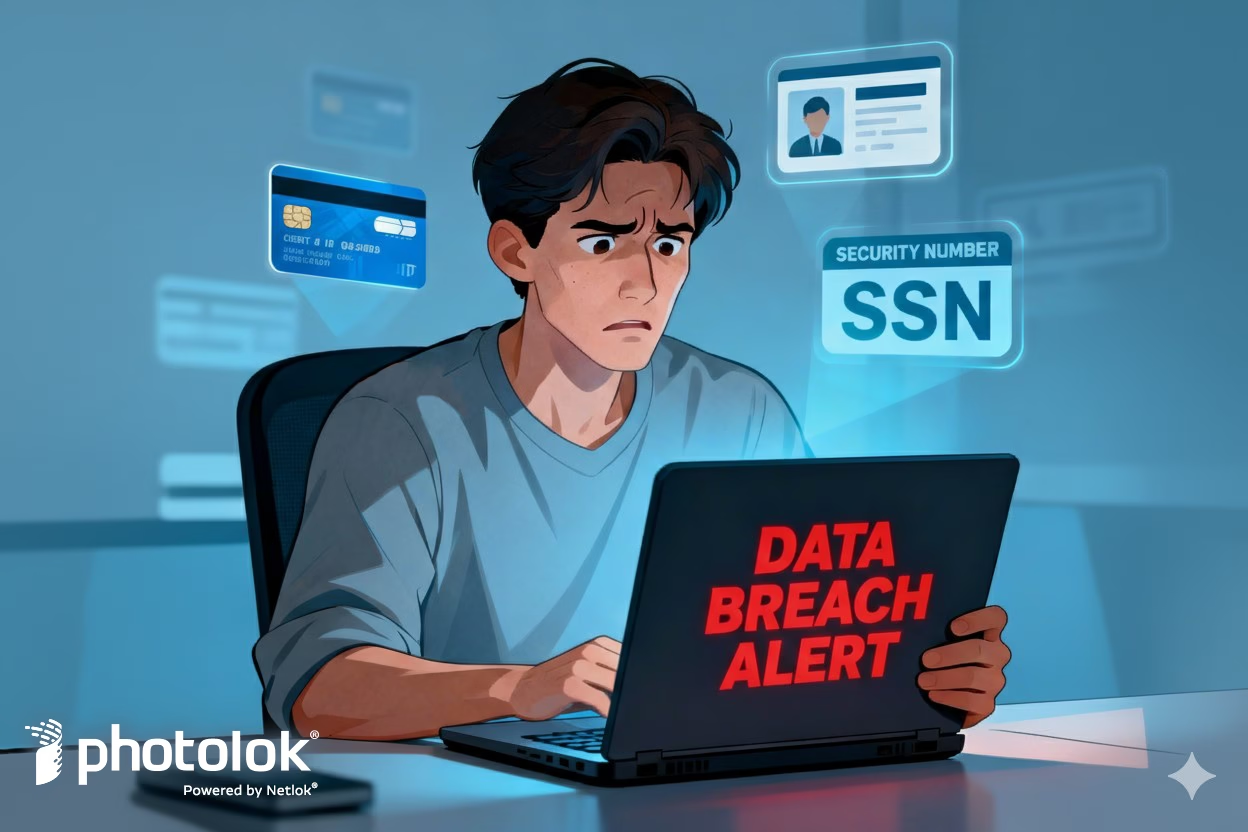
Your Personal Data Was Just Stolen: Here’s Your 24-Hour Response Plan
Kasey Cromer, Netlok | October 6, 2025 Executive Summary 2025 is setting new records for cyberattack[...more]

Wrench attacks average more than 1 incident per week in 2025
K. Cromer, Netlok 9/8/2025 This analysis builds on Netlok’s ongoing research into wrench attac[...more]
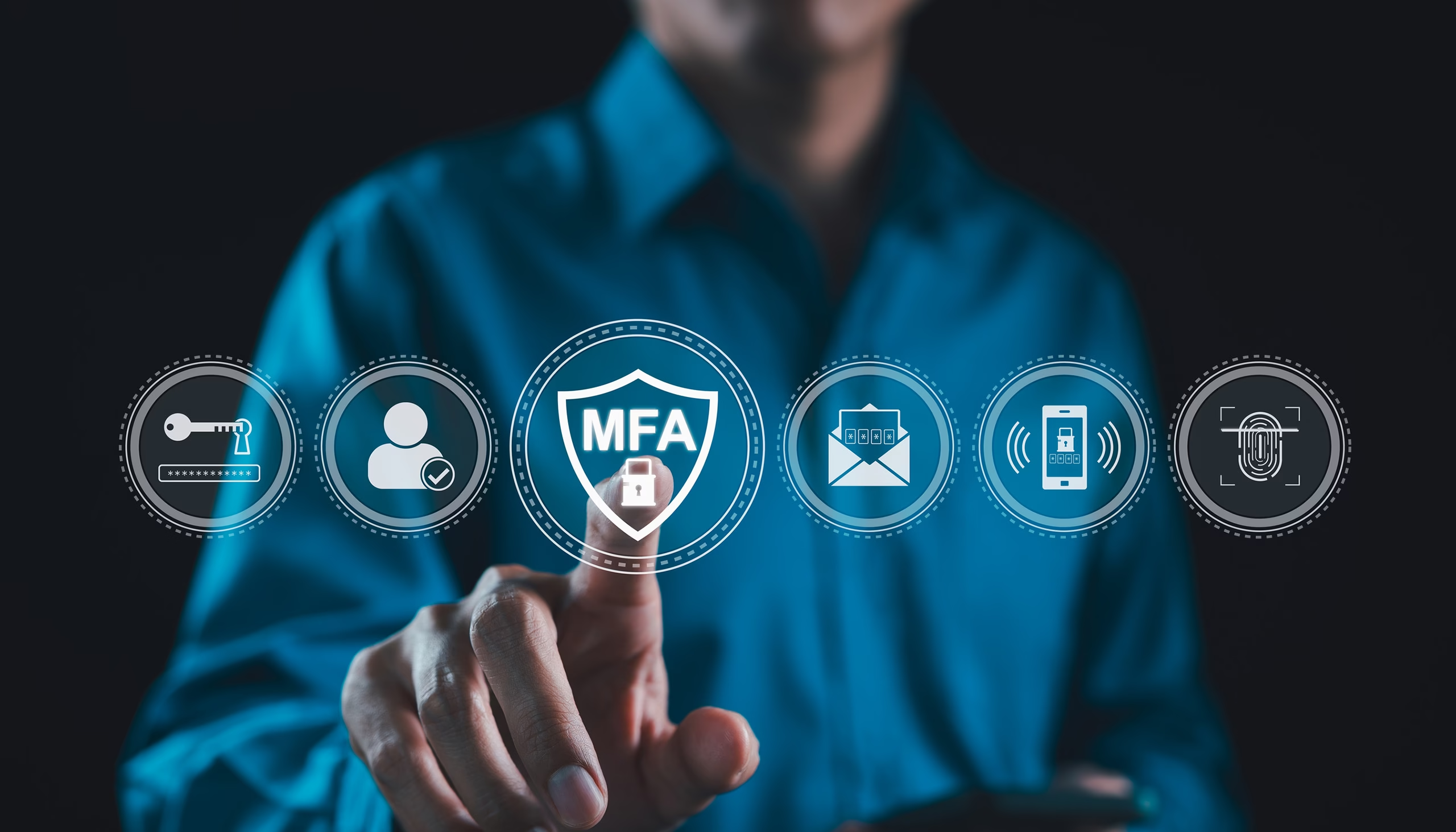
Measuring MFA’s Defensive Muscle in 2025
A.R. Perez, Netlok. 7/8/2025 Multi-factor authentication (MFA) was once hailed as a near-perfect shi[...more]

The Rise of Deepfakes and Synthetic IDs Challenge Biometric Login Solutions
A.R. Perez, Netlok, July 1,2025 Understanding the Threat Landscape The emergence of sophisticated de[...more]
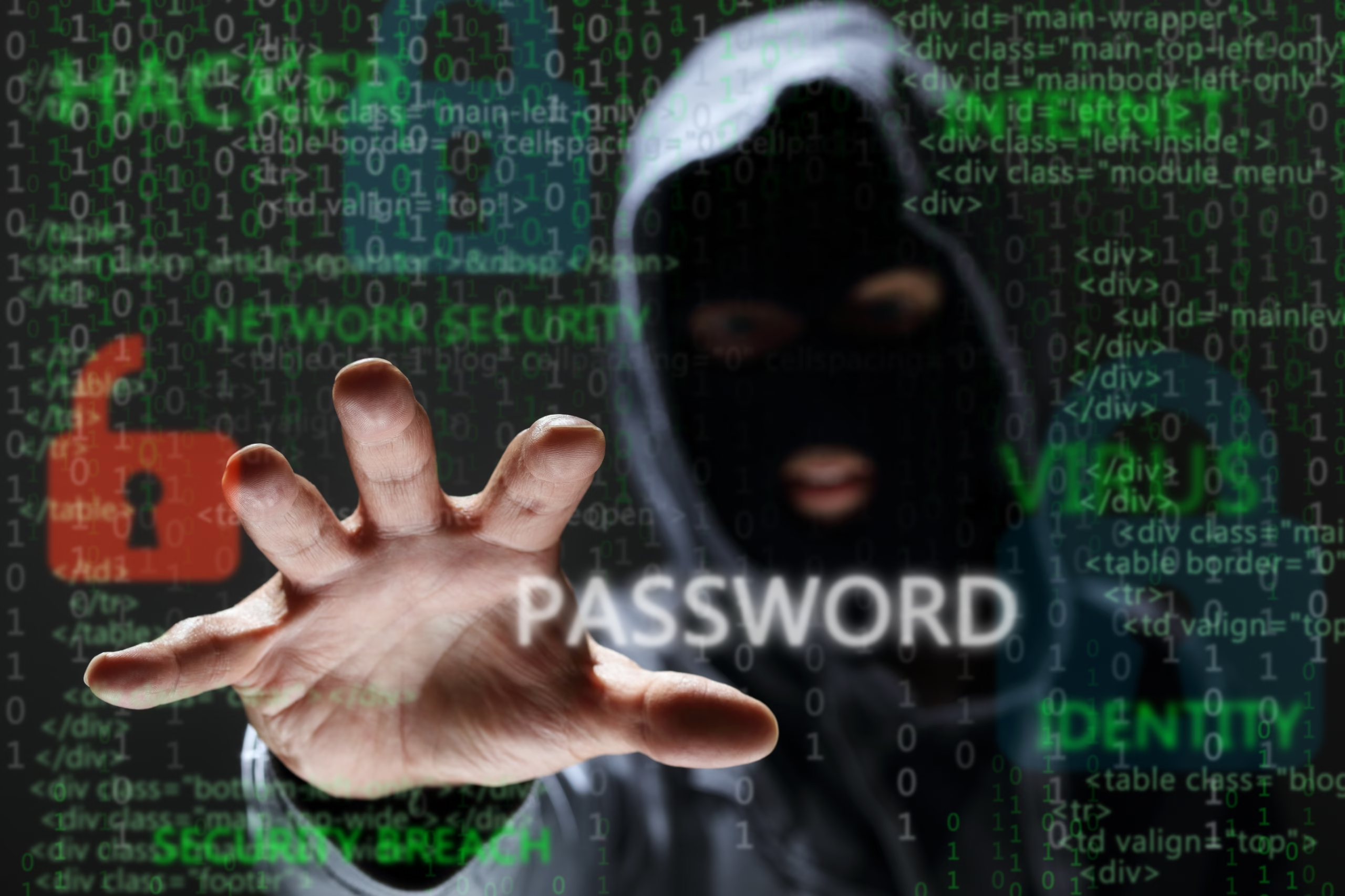
Password Theft Enables Faster and Broader User Exploitation
A.R. Perez, Netlok, June 2025 To enhance their performance, bad actors favor methods that increase t[...more]
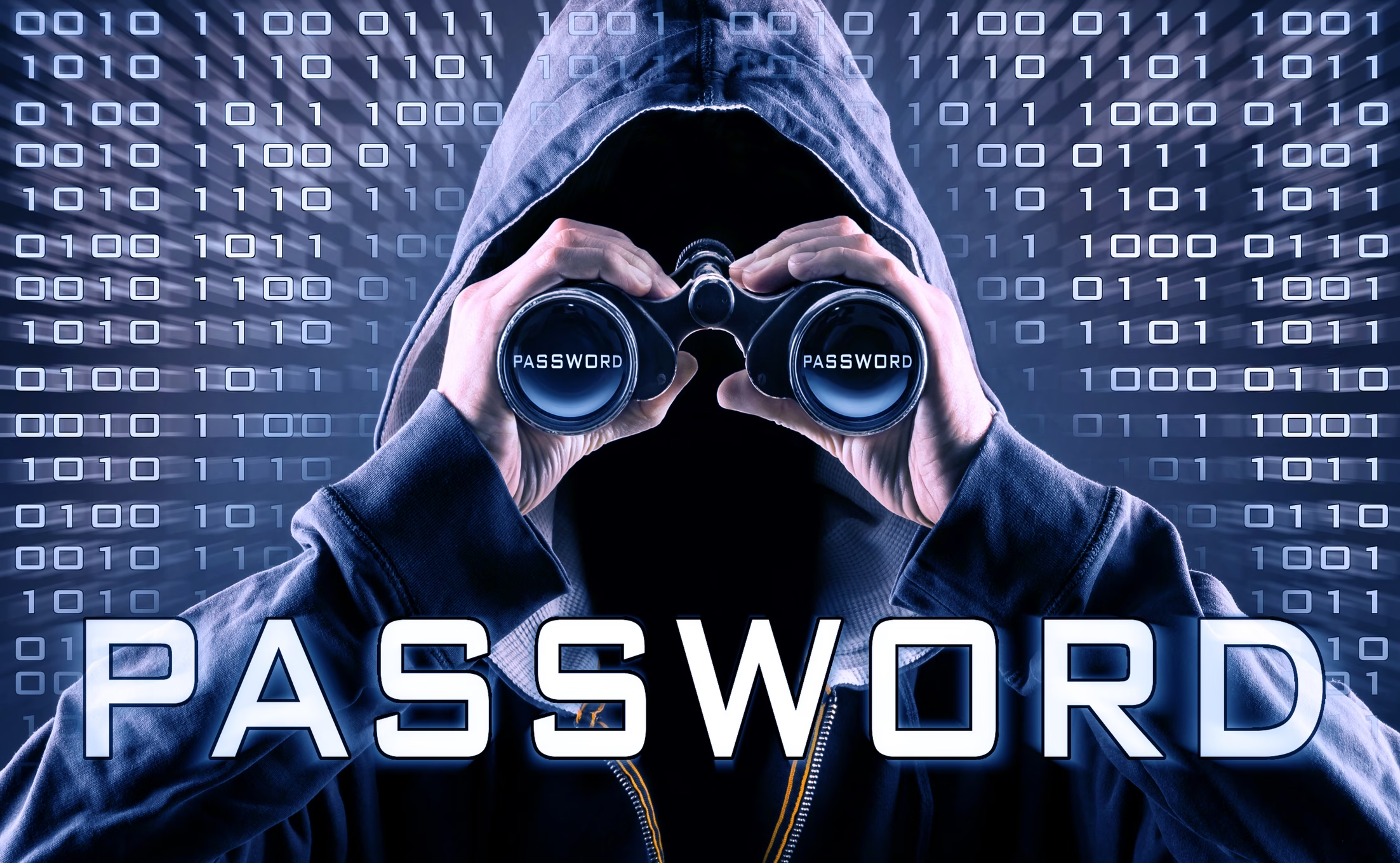
Hackers Prefer Password Theft to Direct Technical Exploits
A.R. Perez, Netlok, June 24, 2025 Like most people and organizations, cybercriminals value their tim[...more]